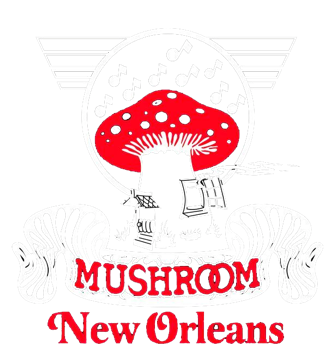Rediscovering the Discovery of Rare Records
Across the country, you’ll find them in church basements, record shops, yard sales, and thrift stores. You’ll recognize them by the focus (bordering on obsession) in their eyes, the dexterity of their rifling fingers, and sometimes, their dust masks. They are crate diggers, and they’re on the hunt for black gold: vinyl in the former of a rare record.
While crate digging isn’t as vital to music production as it was in the 1970s and 1980s, when records were the sole source of breakbeats and bass lines for hip-hop and electronic music tracks, it’s definitely alive and well. To learn more about the art of unearthing rare vinyl, read on.
What Is Crate Digging?
Crate diggers are music lovers, producers, or sometimes both. They seek out crates of vinyl records and flip through the albums one by one in search of that rare groove. Today, crate diggers are less likely to stumble upon a valuable record at a dusty estate sale, because sites like eBay make it easy for sellers to unload rare editions at premium prices. However, crate digging can still net you some gems, like a great 1970s funk record or a little-known R&B album for $1.
Why Dig in Crates?
Most die-hard crate diggers love hanging out in dusty record stores, enjoying camaraderie with other crate diggers and the thrill of the chase. Some folks get jazzed over collecting vinyl artwork. For the few producers who don’t pull digital samples from sites like Shazam and YouTube, crate digging offers a way to find fresh music that hasn’t been sampled to death already. If you’re a music lover, crate digging might unearth something valuable, rare, or simply unexpected. While Spotify playlists and Amazon suggestions are one way to find new music, crate digging gives you entry into another era.
How to Get Your Dig On
You can start by hitting up a record shop like Mushroom New Orleans. Because we offer music for sale or trade, people often stop by to unload their collections. You never know when the next shipment’s coming in or what it will hold. You can also peruse listings for estate sales or yard sales, or stop by thrift stores. Often, shops and sales in rural areas have hidden gems; population-dense cities have more crate diggers, which equals more competition. Don’t forget to buy collections from friends and family who are downsizing or moving. Once word gets out that you’re collecting, you’d be surprised how many opportunities to buy records come your way.
Get Technology on Your Side
While crate digging is a throwback to analog, you can still harness the power of the digital era to expedite your search. There’s an active Reddit community devoted to crate-digging, and the Discogs app lets users check market prices and buy, sell, and search for records from their smartphones. Even if you prefer to get your fingers dusty, it’s a good way to manage your own record inventory (and avoid buying the same album twice).
Check the Condition
Quality is the main factor in the price of a vinyl album: The same music could go for $1 or $1,000, depending on the condition of the album. Inspect the jacket for ring wear, mold, split seams, or any other general wear and tear. The vinyl should be clean and free of scratches or warps. Once you’ve found a decent record in decent condition, make the purchase! Congratulations—and welcome to the addiction of crate digging.
Now that you’re a bona fide crate digger, remember that the best way to find great, little-known records is to keep coming back Mushroom New Orleans. Get to know our staff, tell us what you’re looking for, and we’ll do our best to hook you up.



Leave a comment